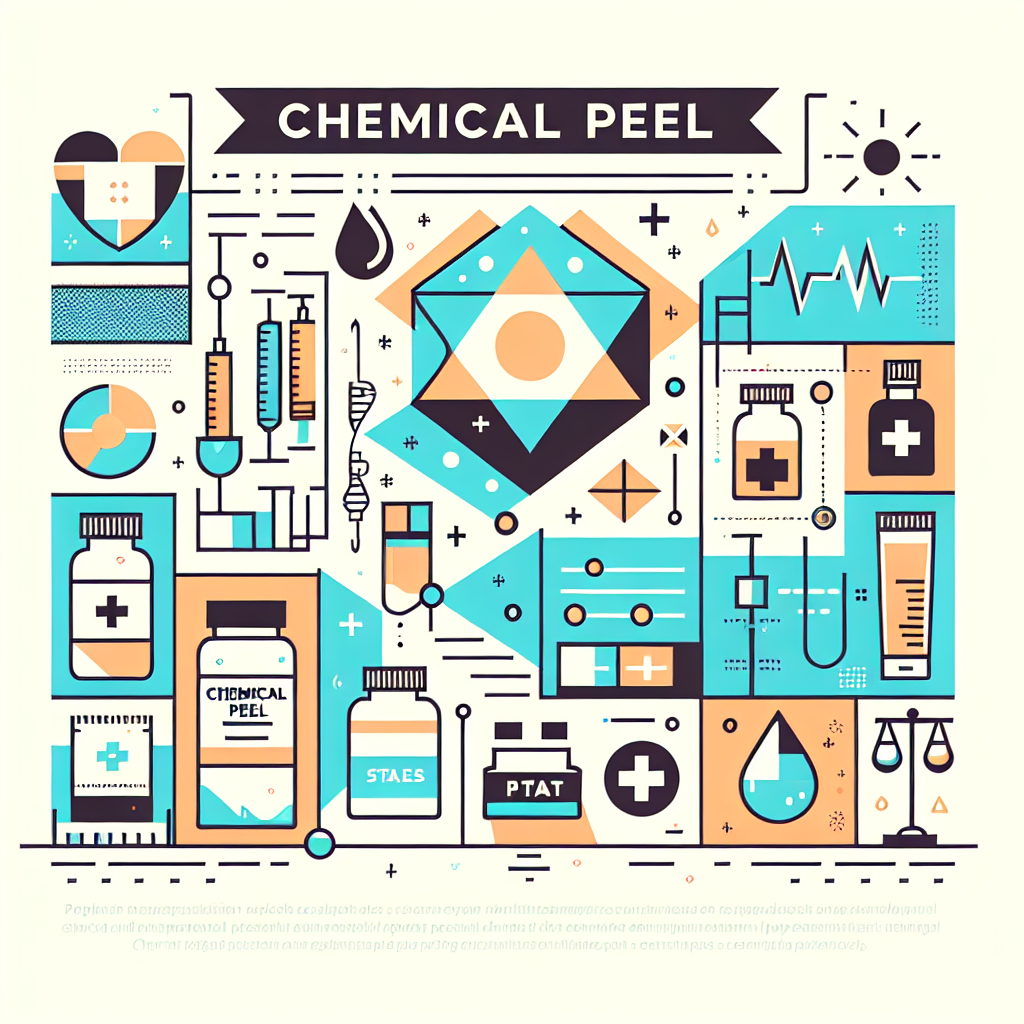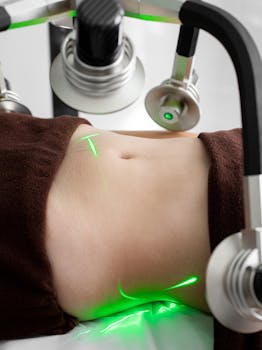Understanding chemical peel stages can help you feel more confident before and after treatment. Whether you’re preparing for a superficial exfoliation or a deeper resurfacing procedure, knowing what to expect during each phase of healing—how your skin looks, what sensations are normal, and what care to provide—reduces anxiety and improves outcomes. This guide walks through the usual timeline and practical tips so you can plan downtime, ask the right questions of your provider, and support recovery safely.
Stages of a Chemical Peel
Chemical peels vary by depth and active ingredient, but the recovery process follows recognizable phases. Below is a practical breakdown of the chemical peel recovery stages and the typical chemical peel recovery timeline for light, medium, and deep peels. Keep in mind individual healing can vary with skin type, age, and the exact treatment used.
Immediate reaction (day 0–1)
Right after the peel your skin is often red, tight, and slightly swollen. This is normal and part of the inflammation response that ultimately stimulates regeneration. For superficial peels, irritation settles quickly; medium peels may produce more pronounced redness and crusting. Providers typically apply soothing ointments and advise gentle cleansing. If you’re wondering how long does a chemical peel take to peel off, the first visual changes rarely begin until day 2–3 for superficial peels and later for deeper treatments.
Early recovery and peeling (days 2–7)
Within a few days many people begin to notice flaking or peeling. For light peels, shedding can be subtle—fine, patchy flakes—whereas medium peels often produce more uniform sloughing of the outer skin. This is the phase most patients equate with peels “working.” It’s important to avoid picking or peeling skin manually to prevent scarring. Use gentle cleansers and the occlusive moisturizers your clinician recommends. The visible peeling phase is a central element in the chemical peel recovery timeline.
Re-epithelialization and settling (weeks 1–4)
After the peeling, new skin forms and the tone and texture begin to improve. Redness and sensitivity may persist for several weeks, especially with deeper peels. This period is critical for protecting the new epidermis: daily sunscreen, minimal active ingredients (no retinoids or harsh exfoliants), and hydration will support healing. If you received a deep chemical peel, expect a lengthier re-epithelialization window and a longer overall deep chemical peel healing time—sometimes months for full maturation.
Long-term remodeling (1–6 months)
Collagen remodeling and pigment stabilization can continue for months after a peel, improving fine lines, pore appearance, and overall skin quality. Follow-up appointments help your provider assess the outcome and advise maintenance treatments. Avoiding sun exposure and following a prescribed skincare regimen are key to preserving results over the long term.
Variations by peel depth
Superficial peels often have minimal downtime and a rapid chemical peel recovery timeline—many people return to normal activities within 24–48 hours. Medium peels require more aftercare and may involve visible peeling for up to two weeks. Deep peels produce the most dramatic changes but also the longest recovery; deep chemical peel healing time can extend to several months with careful monitoring. Discuss risks, expected downtime, and realistic outcomes with your clinician before proceeding.
Aftercare tips and safety
- Follow your provider’s post-procedure instructions exactly: cleansing, topical medications, and timing for makeup or sunscreen use are often specified.
- Protect skin from sun exposure—new skin is especially vulnerable. Use broad-spectrum SPF and physical barriers like hats when outdoors.
- Keep skin hydrated and avoid irritants such as alpha hydroxy acids, physical scrubs, and retinoids until your clinician clears them.
- If you’re concerned about environmentally conscious products for post-peel care, consult this guide on eco-friendly skincare practices to find gentle, sustainable options that support healing: eco-friendly skincare practices for healthy skin.
For a general overview of the procedure and historical context, a concise reference is available at the chemical peeling entry on Wikipedia, which can help answer basic procedural and safety questions: Chemical peeling (Wikipedia).
When to call your provider
Contact your clinician if you experience increasing pain, signs of infection (yellow crusting, increasing redness, fever), prolonged or worsening discoloration, or any unexpected bleeding. Prompt evaluation can prevent complications and ensure the best possible healing trajectory.
- Takeaways:
- Chemical peels progress through identifiable phases from immediate redness to long-term remodeling; knowing the chemical peel stages helps set expectations.
- Recovery timelines vary: superficial peels heal quickly, while deep peels have the longest deep chemical peel healing time.
- Protecting new skin with sunscreen, gentle products, and following your clinician’s aftercare minimizes complications.
FAQ: How long does peeling usually last?
Most visible peeling for superficial to medium peels occurs between days 2 and 7, though some medium peels can continue to shed for up to two weeks. Deep peels follow a slower pattern and can take much longer to fully resolve.
FAQ: Will my skin be permanently sensitive after a peel?
Sensitivity is usually temporary. New skin is more susceptible to sun damage, so long-term sun protection is essential. If sensitivity persists beyond a few months, follow up with your provider for assessment and management.






